5 ecovillages around the world
TGL News
What’s an ecovillage? And what do they look like? Here The Green List gives a run down of five of the most interesting eco villages around the world including two in Australia.
In Narara, 1.25 hours north of Sydney, a community of people are striving to build a socially, culturally, ecologically and economically sustainable settlement.
It is named Narara Ecovillage, and the community is one of the latest to join the Global Ecovillage Network of similarly minded people around Australia and the world.
There are 10,000 currently registered members of GEN, ranging between large networks of people such as Sri Lanka’s 2000 active sustainable villages under Sarvodaya, and in NSW’s Nimbin, to small rural ecovillages such as Narara and Gaia Asociación in Argentina.
Each is grouped under one of five regional networks across the globe, either in Africa, Europe, Latin America, North America, and Oceania and Asia.
GEN is also inclusive of “urban rejuvenation” projects such as Los Angeles’ EvoVillage and Copenhagen’s Christiania, permaculture design sites such as Crystal Waters in Australia and Barus in Brazil, and educational centres such as Findhorn in Scotland and the Centre for Alternative Technology in Wales.
What is an ecovillage?
GEN defines an ecovillage as “an intentional, traditional or urban community that is consciously designed through locally owned participatory processes in all four dimensions of sustainability (social, culture, ecology and economy) to regenerate social and natural environments.”
In Narara, this means all homes are being built to a minimum NatHERS 7 star standard, with PV solar panels being installed in each dwelling to meet all energy needs, and water management systems that can handle waste water collection and treatment on site.
The 64 hectare settlement currently hosts around 180 people, with plans to have over 150 homes on the footprint in future.
Each of these homes will have minimal impact on the environment, considering features such as:
- orientation,
- thermal mass,
- planting for privacy and temperature control,
- insulation,
- energy efficiency and environmentally friendly materials,
- as well as eco-friendly water supply, power, drainage, garbage disposal and recycling.
People are able to become members of Narara by purchasing a minimum shareholding of $30,000, as well as their own lot. They must also contribute to the ongoing maintenance of the ecovillage, or pay a fee in lieu of $20 per hour.
At present, the community plans for civil infrastructure works to commence in 2020, with subdivision expected to take place in 2021.
5 interesting ecovillages around the world
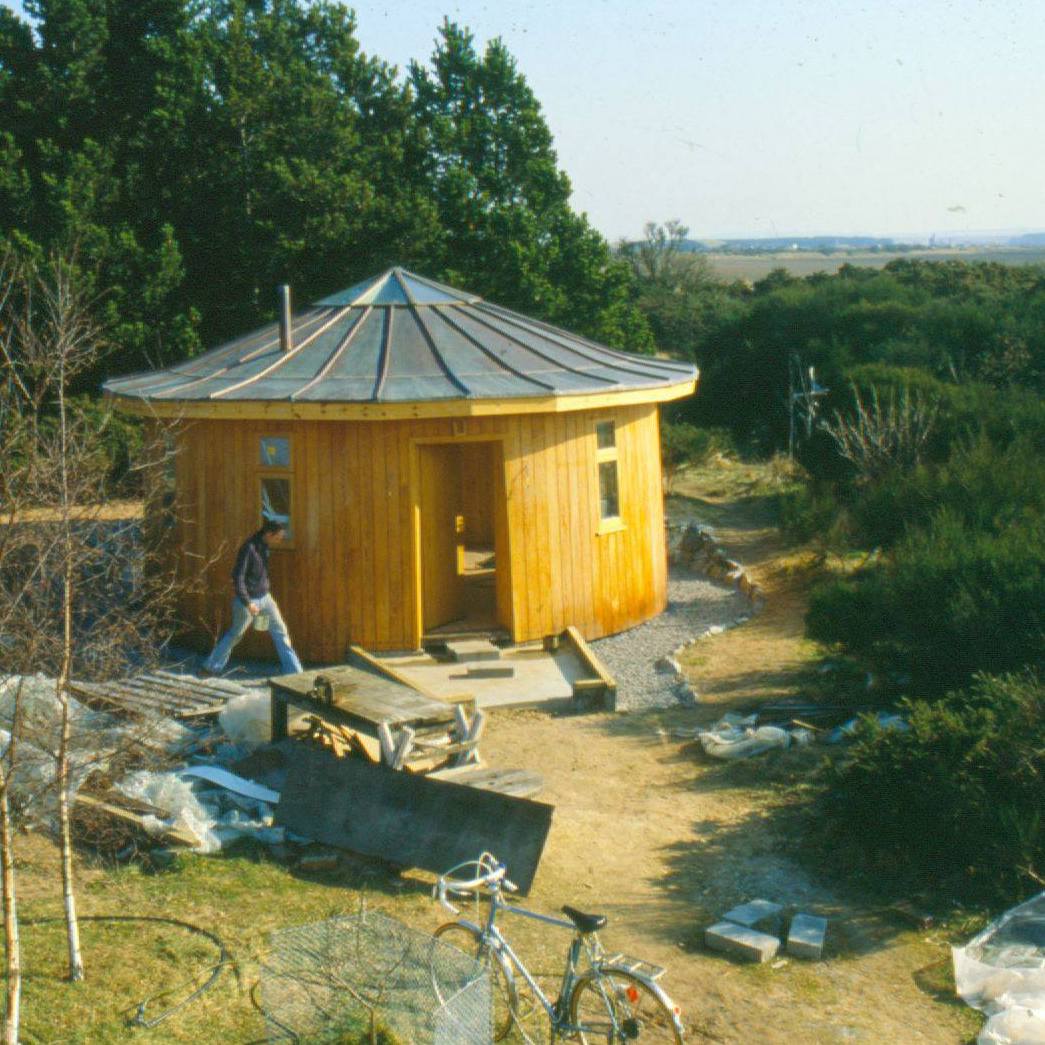
The construction of the first Barrel House at Findhorn in the 1980’s.
Findhorn, Scotland
Findhorn was originally settled in 1982 in Moray, Scotland. Its founders helped establish GEN and now run the NGO Findhorn Foundation in addition to the ecovillage called The Park.
The Park consists of a cluster of homes made from whisky barrels, buildings with turf roofs, rental eco chalets and some 40 eco houses of various designs. It also makes use of wind generators, solar energy, natural sewage treatment facilities and more.
Findhorn defines itself as a “living laboratory,” with many of the techniques pioneered on site becoming best practice around the world, including the ‘breathing wall’ structure and straw bale construction methods which were recorded in the UK’s first technical manual on ecological building: Simply Build Green.
In 1998 the Ecovillage at Findhorn was awarded Best Practice designation by The United Nations Centre for Human Settlements.
Sarvodaya, Sri Lanka
Sarvodaya began as just one village in 1958 but now reaches to some 15,000 villages around Sri Lanka.
Describing itself as a movement, Sarvodaya’s members travel throughout the country offering aid and advice to help others transition to its sustainable “no poverty, no affluence, conflict-free” agricultural way of life.
Sarvodaya now consists of 34 district offices across Sri Lanka, as well as some 3000 independent village societies which offer education and aid, as well as the country’s largest micro-credit organisation and a major welfare service.
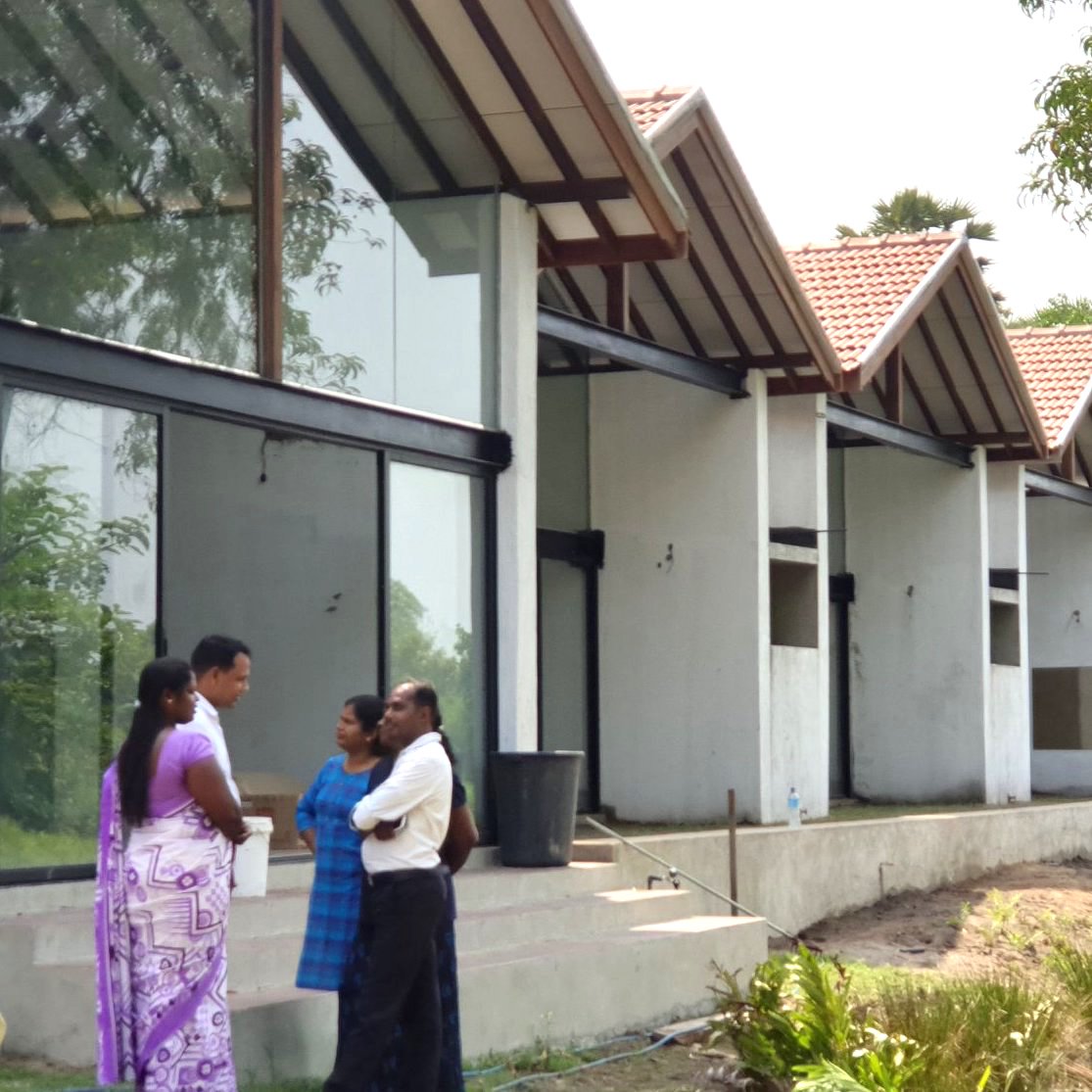
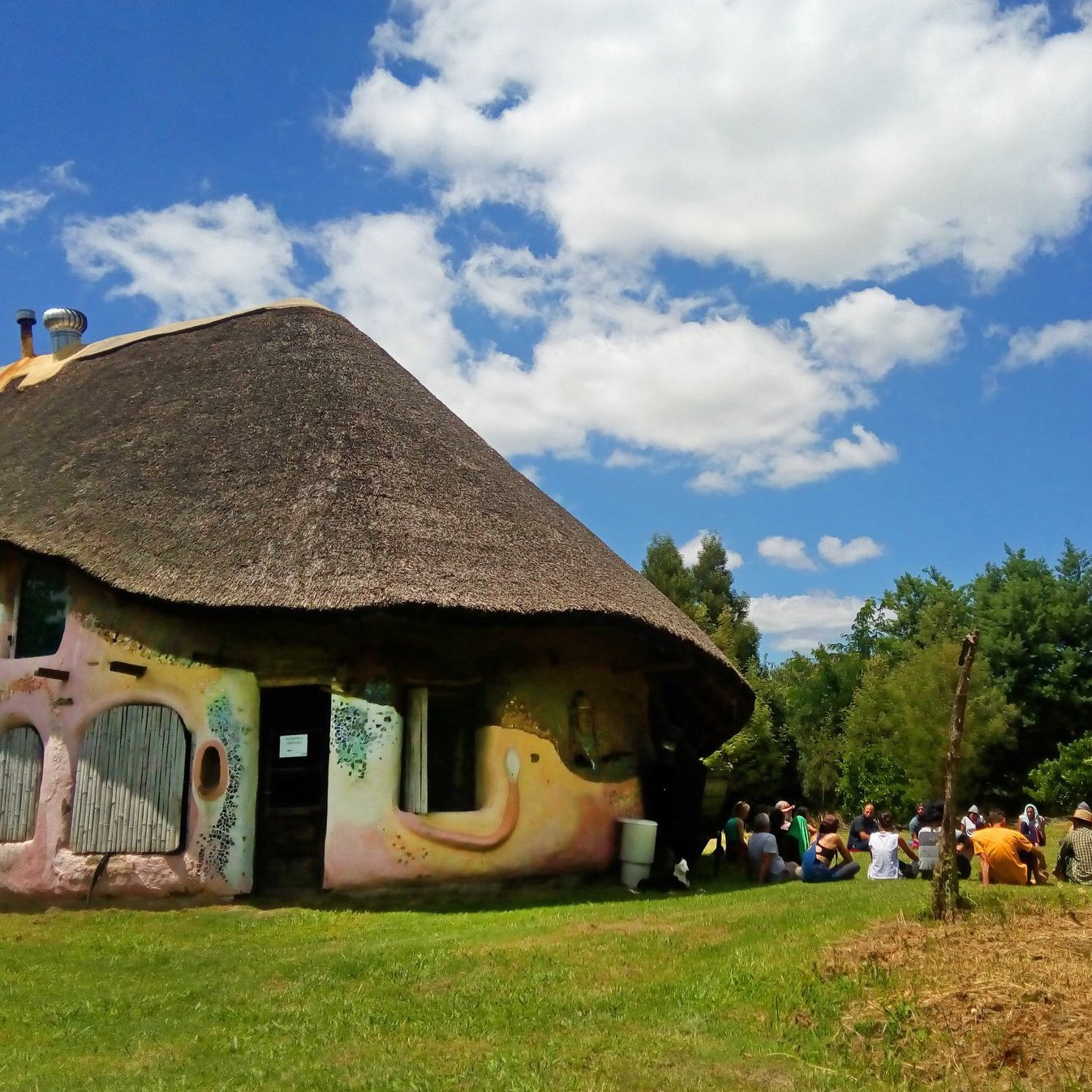
Gaia, Argentina
Asociación Gaia, or Gaia, was established in Buenos Aires in 1966. It covers a conservative 9 hectare footprint with 35 clay dwellings to “achieve the best reaction between housing spaces and nature”.
The settlement focuses largely on permaculture, producing vegetables, fruits, bamboo and seeds. It has a greenhouse for growing supplies year round and an auditorium to facilitate workshops and external educational visits, among other communal structures.
Gaia accepts visitors on guided tours and short stays, as well as long term residents. It makes use of solar panels, wind turbines, battery banks and human waste treatment systems.
Ithaca, USA
Ithaca covers 70 hectares in New York with 100 homes and roughly 220 residents. It was founded in 1991 is now among the largest co housing communities in the world, consisting of three neighbourhoods, the latest completed in 2015.
The professions of Ithaca’s residents vary, from retired and stay at home parents, to builders, writers, college professors, farmers and everything in between.
The community is home to a number of office spaces, as well as organic vegetable and berry farms, community gardens, ponds and woodlands. It plans to maintain an 80 per cent green space ratio, including 50 acres of conservation easement land.
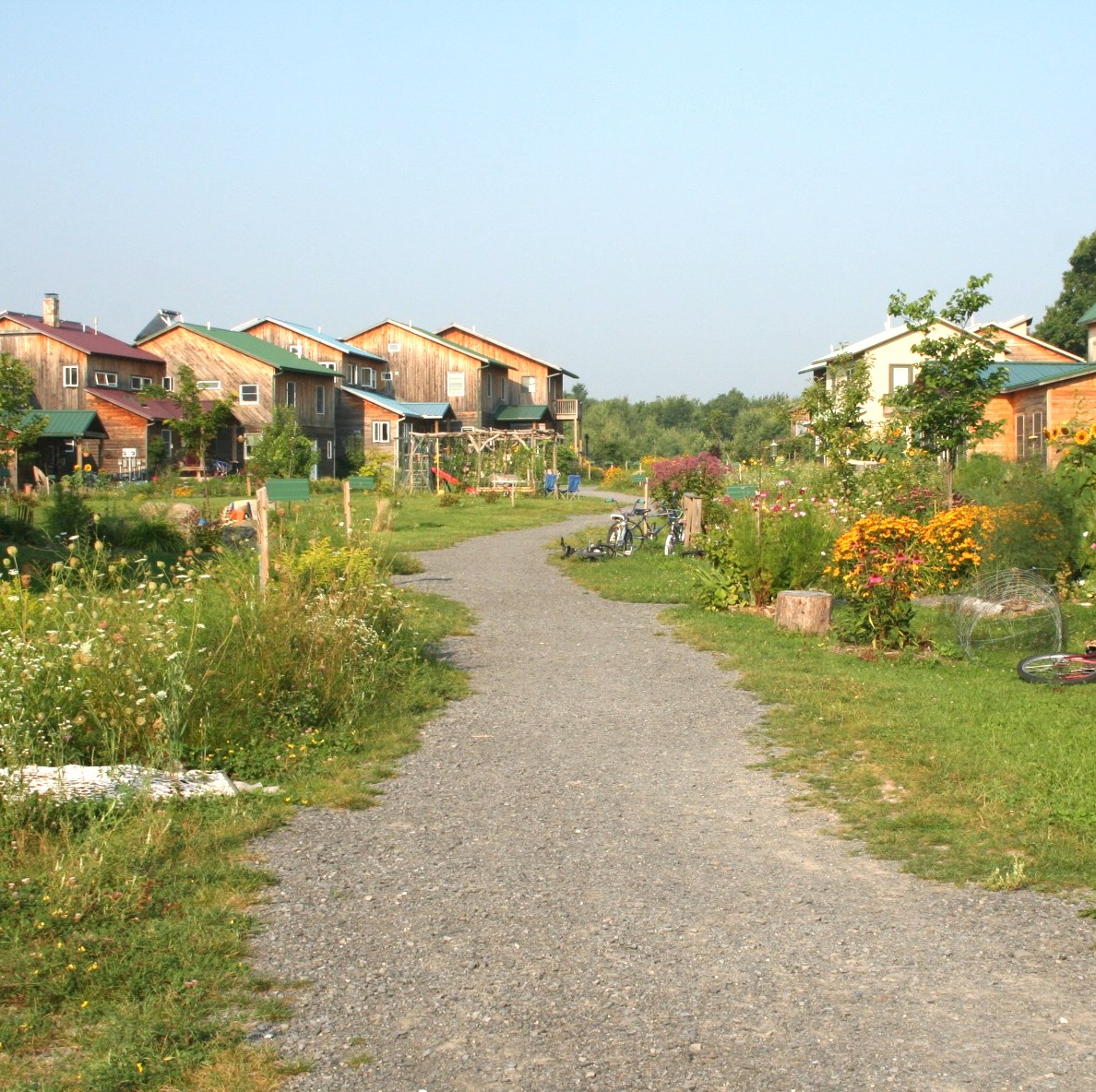
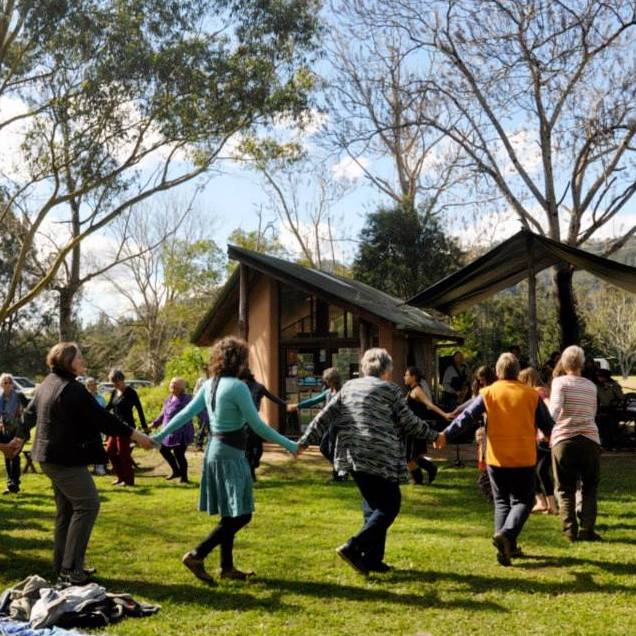
Crystal Waters, Australia
Crystal Waters is a community of more than 230 people in Conondale, 114 kilometres north of Brisbane. It covers 263 hectares with 83 residential lots and 2 community hubs, leaving 80 per cent of the footprint to green space which is used for agriculture, forestry, recreation and habitat projects.
The layout of the village consists of a number of small clusters of homes, which it says allows for “small social groups to form within the community and balance out the often isolating remoteness of rural living”.
The community hubs give home to a communal cooking area, as well as space for monthly markets, music performances and small business enterprises such as a bakery, cafe and a natural therapy clinic.









